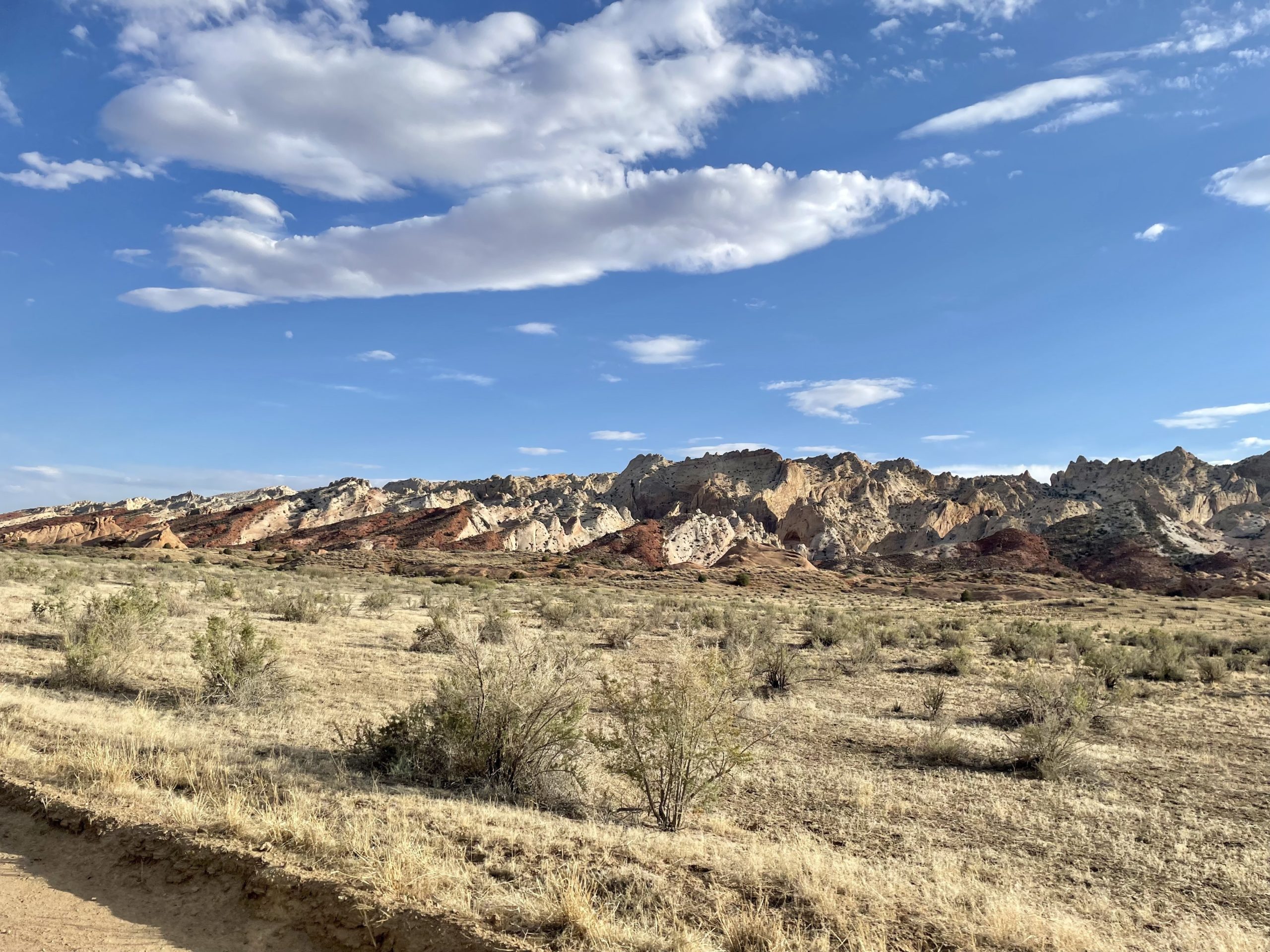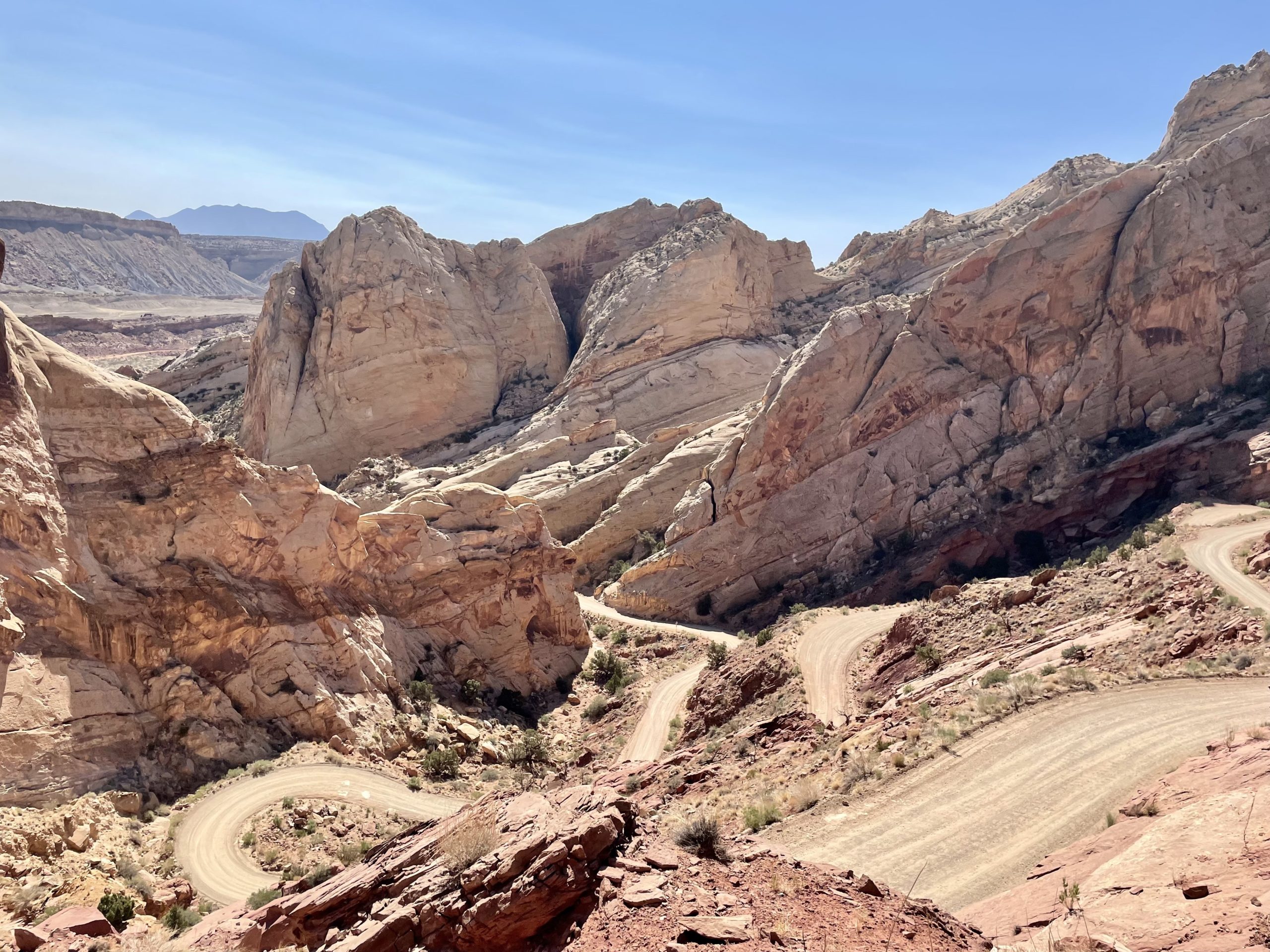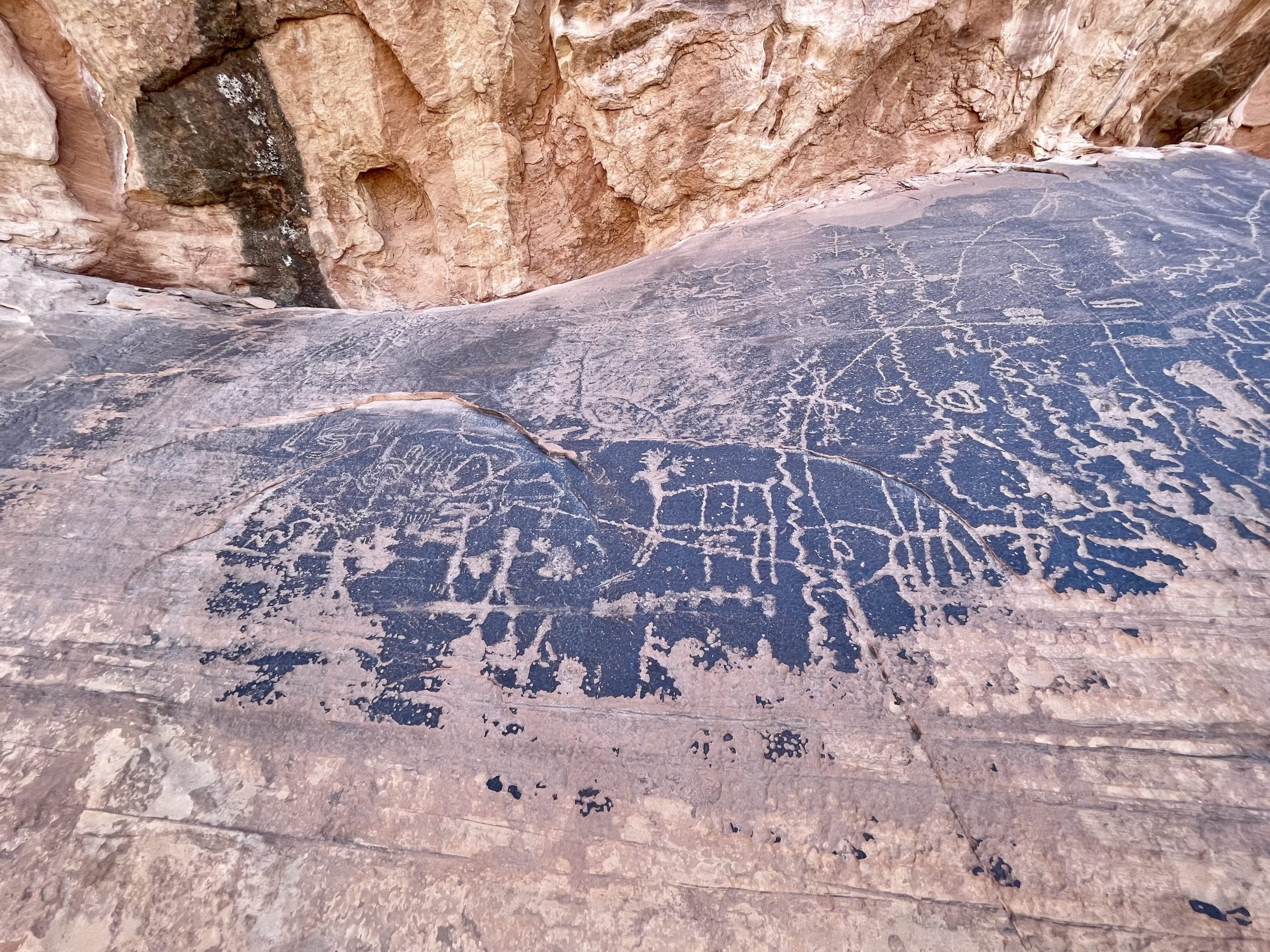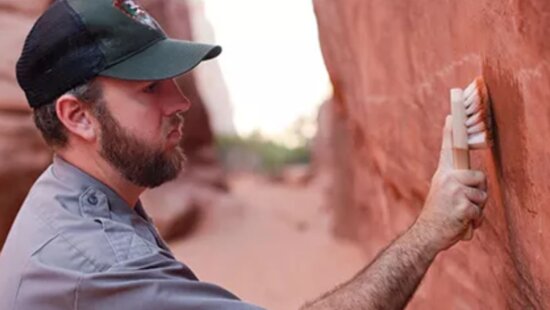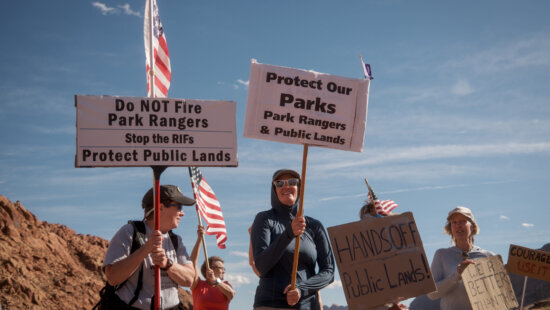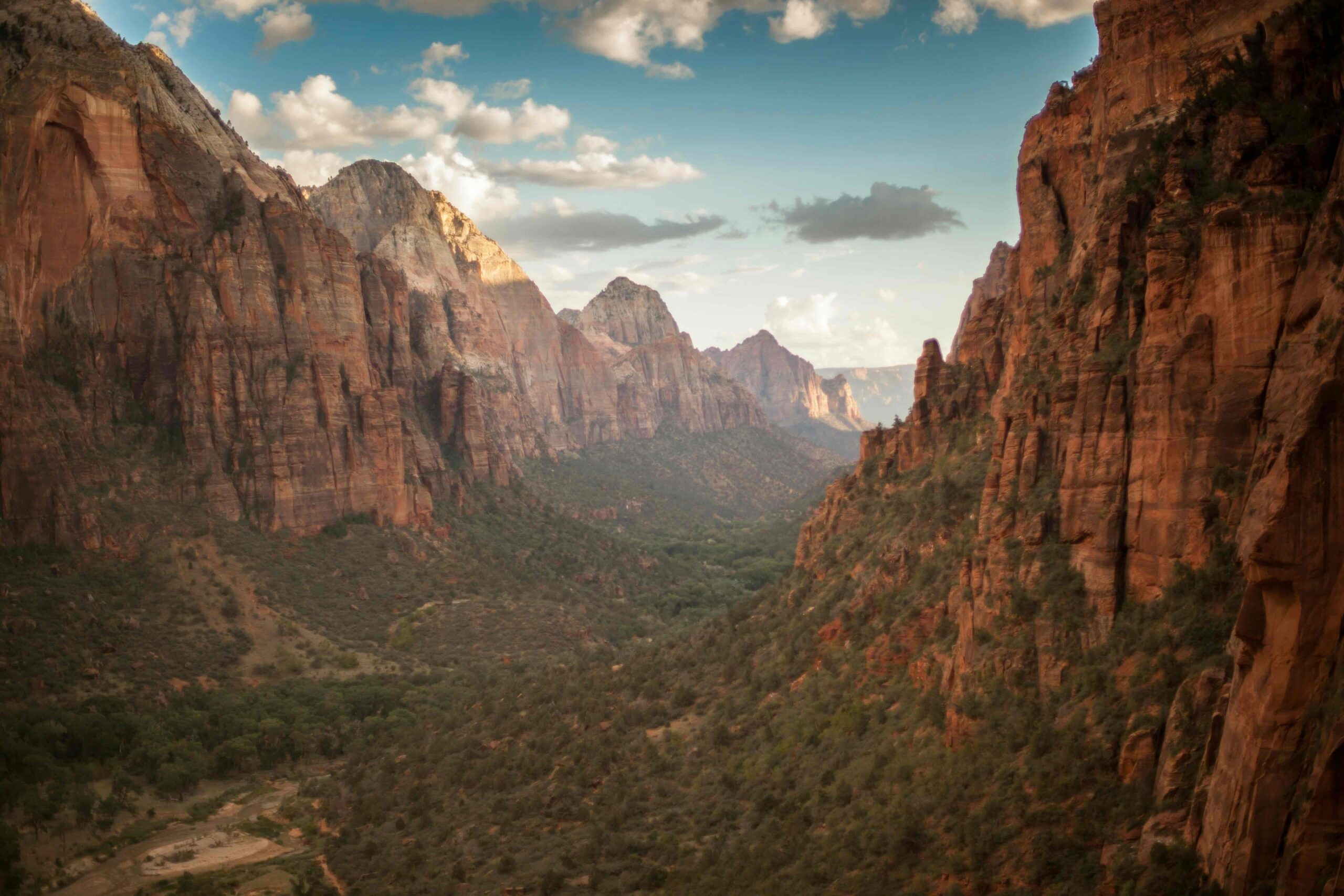Top Stories
Celebrating Utah’s National Parks: Capitol Reef
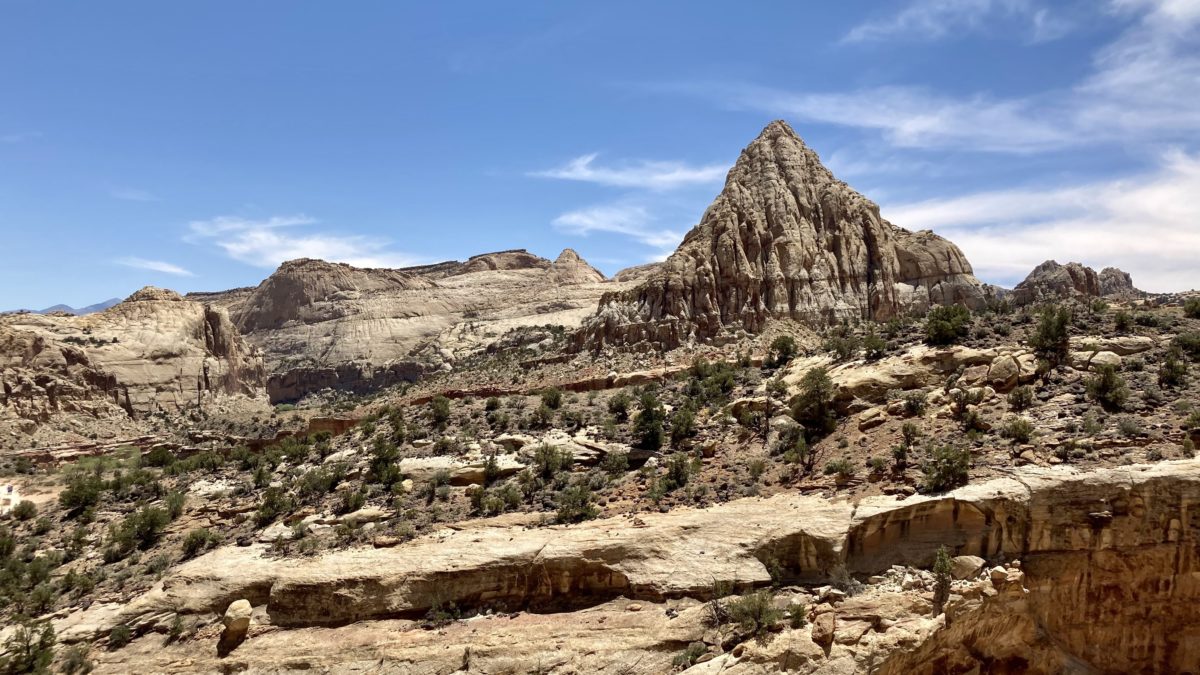
It looks like the Capitol Building, get it? Photo: TownLift
FRUITA, Utah — Capitol Reef National Park in south-central Utah celebrated its 5oth birthday in December 2021. A little over one hundred years ago, Joe Hickman and Ephraim Pectol formed a local advocacy group to protect the geologic paradise.
Hickman eventually made his way to the Utah Legislature in 1925, where he helped pass a bill to create the Utah Board of State Park Commissioners. Later that year, Gov. George Hendry Dern visited and established the “Wayne Wonderland State Park.” Wayne Wonderland was a term attributed to Pectol, who was a merchant in nearby Torrey.
A week after the governor’s blessing, Hickman drowned in Fish Lake, which hurt the momentum for the creation of a park. It wasn’t until 1937 that President Franklin D. Roosevelt created the Capitol Reef National Monument. The next year, the park saw a total visitation of 1,500 people.
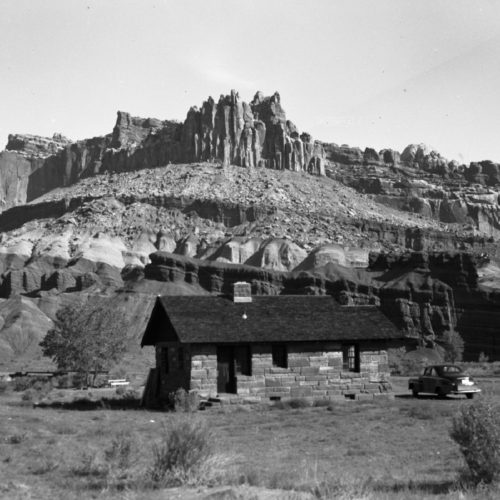
The park didn’t have an official employee until 1944, when Charles Kelly was hired as a custodian. Things got even more legit in 1950, when the National Park Service (NPS) budgeted $6,500 for Capitol Reef. A year later, Kelly was hired as the park’s first superintendent.
In 1953, NPS granted a permit for uranium mining at the park, which started a “uranium boom” that lasted until 1959.
Following a park expansion thanks to President Eisenhower, and the development of roads, trails, and campgrounds, Capitol Reef National Park was established by Congress on Dec. 18, 1971.
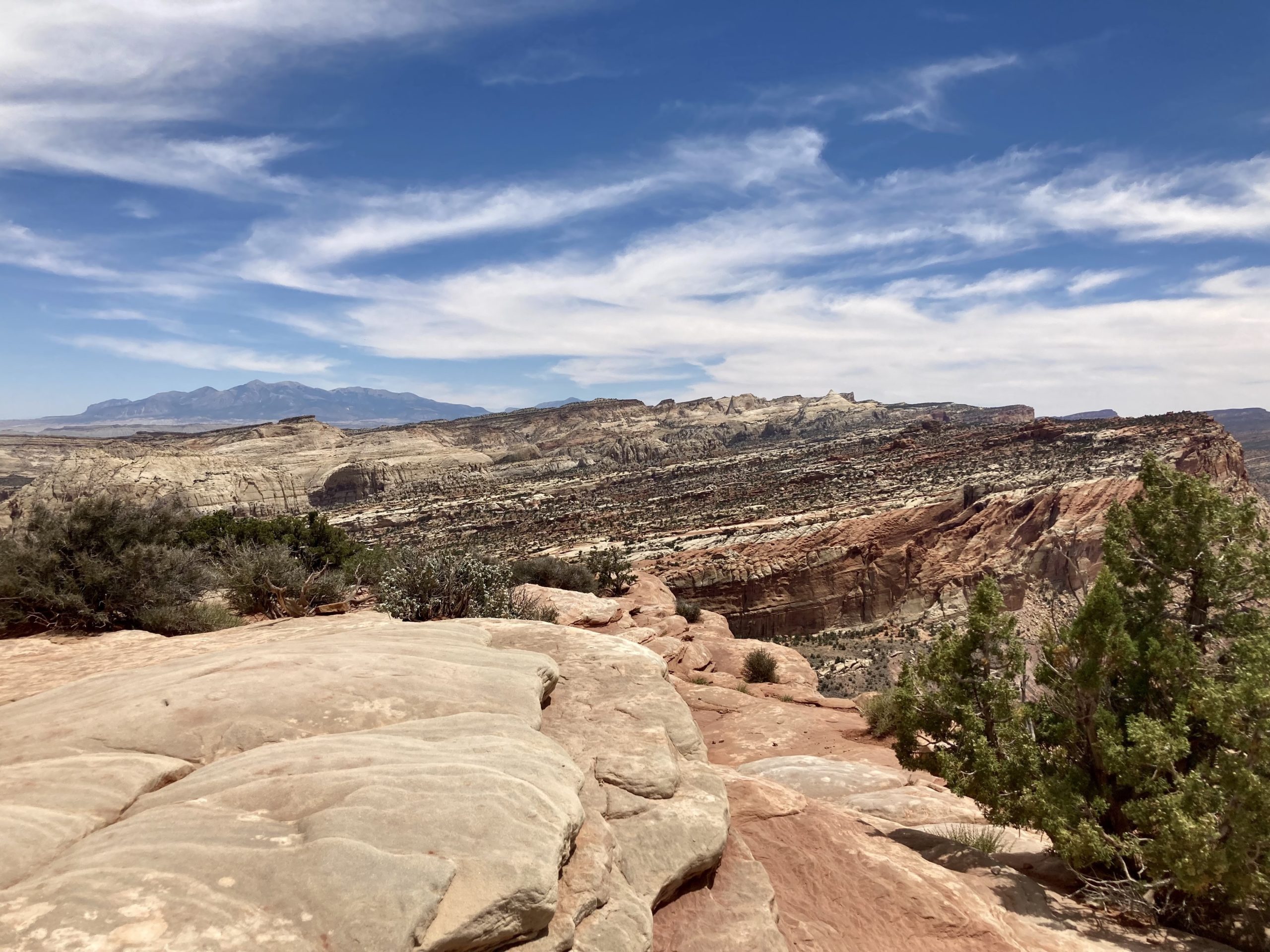
Park visitation broke one million for the first time in 2016, and last year had 1.4 million.
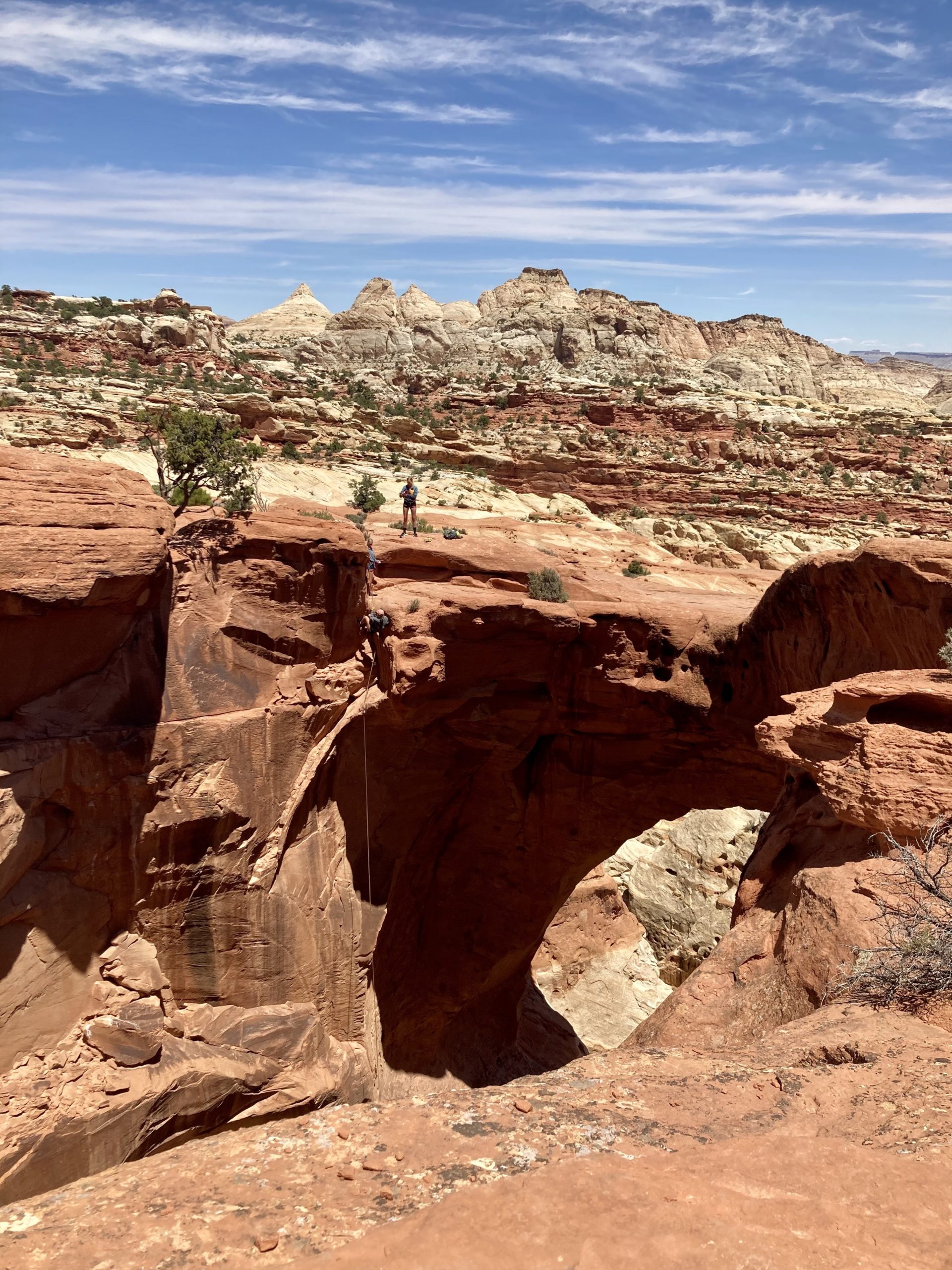
Capitol Reef offers plenty of hiking trails and great places to explore outside of its boundaries. The centerpiece is Fruita, which is where the visitor center is located. Orchards can be found within a mile. Visitors are welcome to wander through, and during harvest season, rangers will post “U-Pick Fruit” signs. (Orchard rules).
If you just want to eat, then the Gifford House is your place. Open from March 14 to the end of October every year, they offer many local and handmade items for sale, most notably, pies.
There are many places to camp around the park, with the most sought-after being the campground in Fruita. It has 71 sites and the fee is $25 per night. Between March 1 and October 31, reservations are required. Go to www.recreation.gov. If you can’t find a spot, don’t worry, there are many alternatives.
Capitol Reef Trail Guide (NPS)
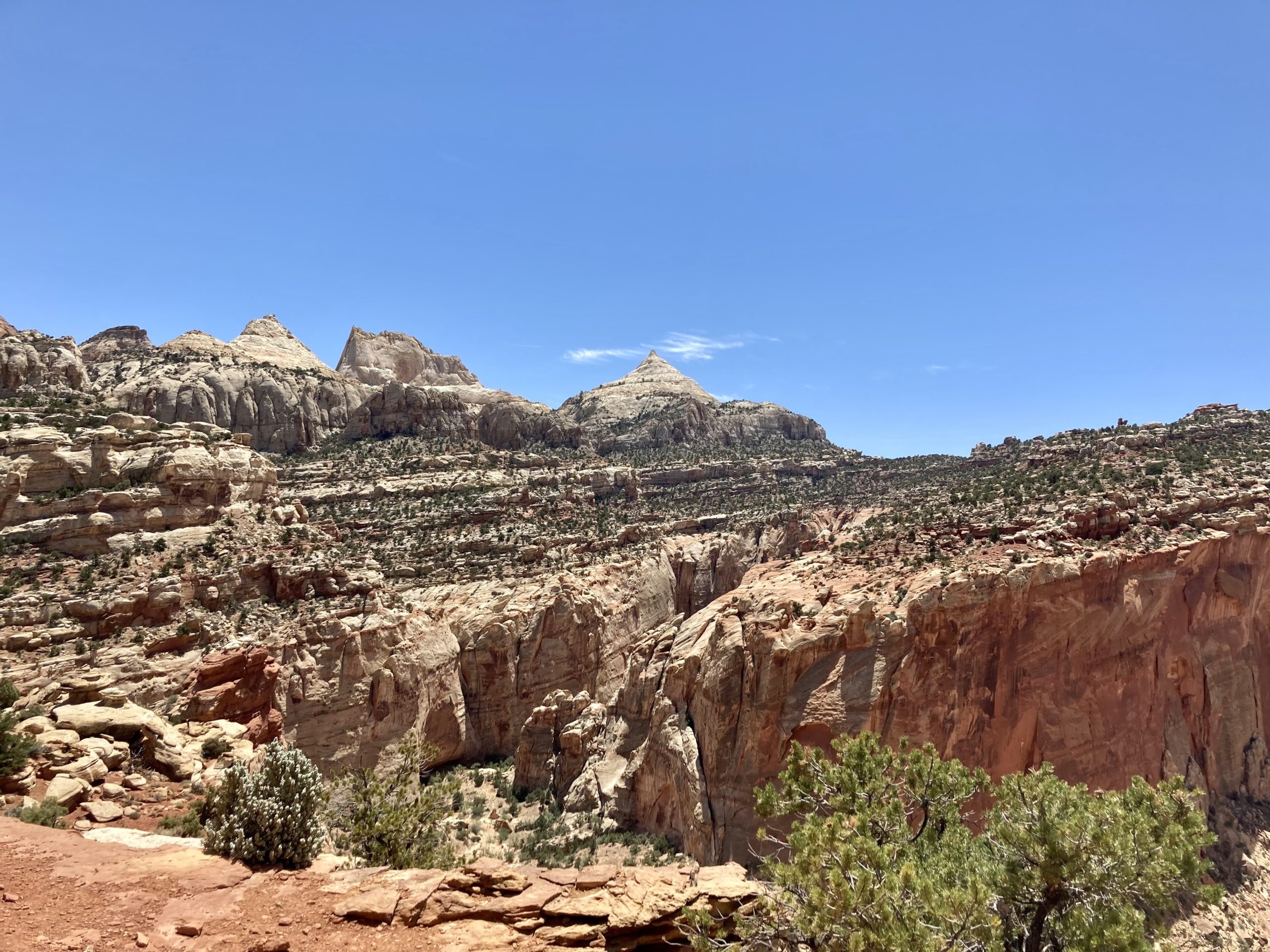
What truly makes Capitol Reef a wonderland is the Waterpocket Fold, which is essentially a wrinkle in the earth’s surface.
If you truly want to get out there, driving the Burr Trail Road is the best way to fully explore this unique geologic feature. If you have the time, the drive is worth it, not to mention all the possible hikes along the way (don’t forget about the switchbacks):
